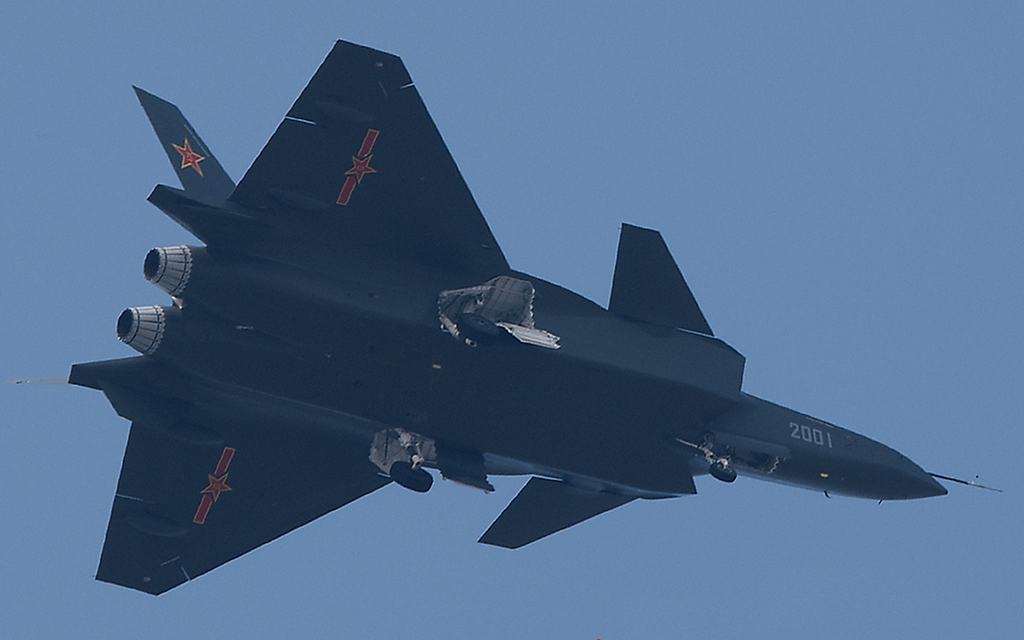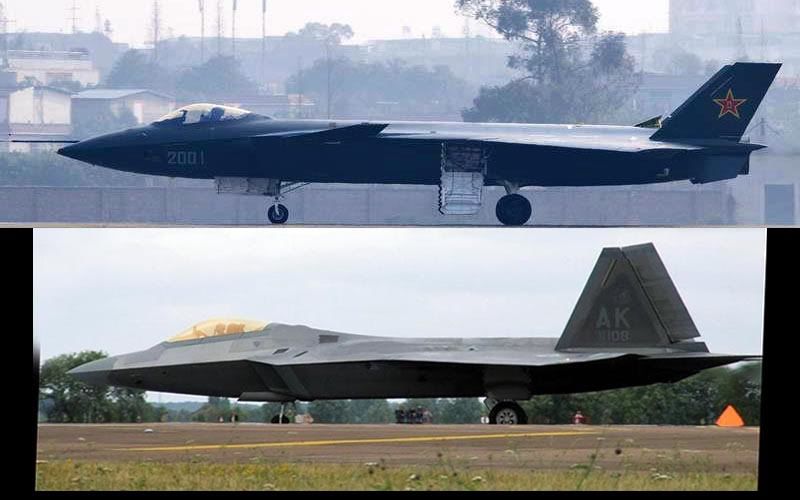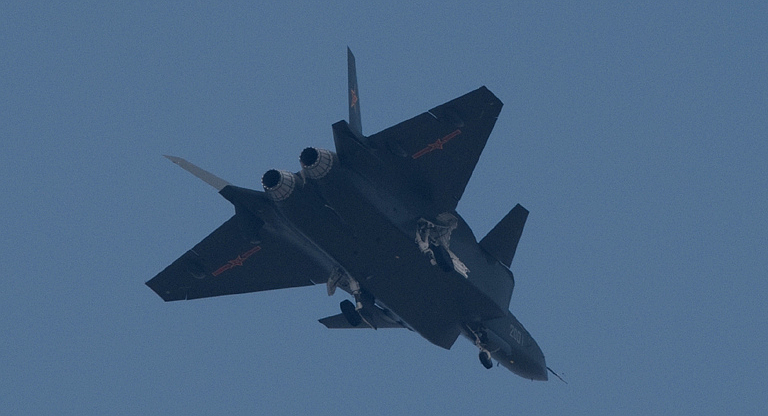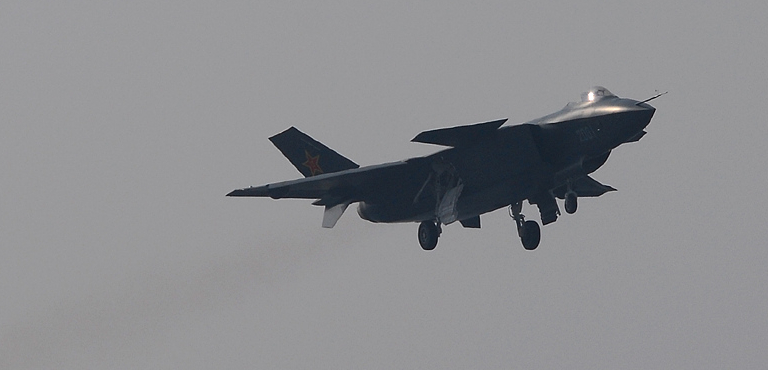Quickie
Colonel
Re: Saw-toothed doors don't matter if engine compressor blades are exposed
Assuming there're actually two J-20 prototypes, it's possible the prototype with the black nozzle undertook the first flight during the night when security have made sure nobody else is around. That would mean the J-20 prototype with the silver nozzle was given the task of performing the second flight in full view of spectators.
or few the plane away at night?
Assuming there're actually two J-20 prototypes, it's possible the prototype with the black nozzle undertook the first flight during the night when security have made sure nobody else is around. That would mean the J-20 prototype with the silver nozzle was given the task of performing the second flight in full view of spectators.









